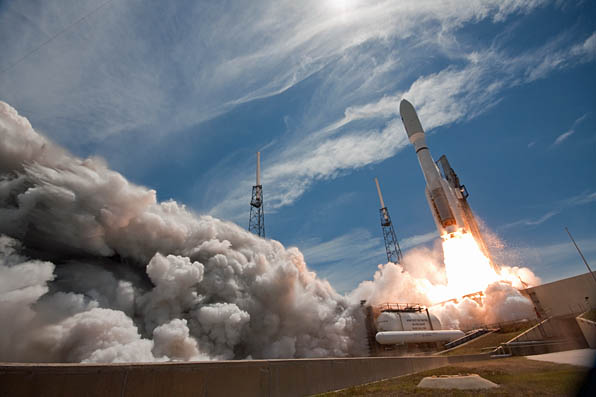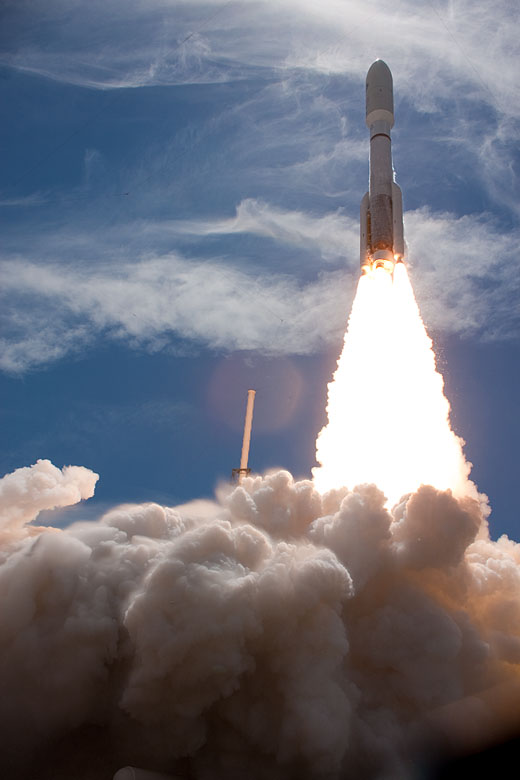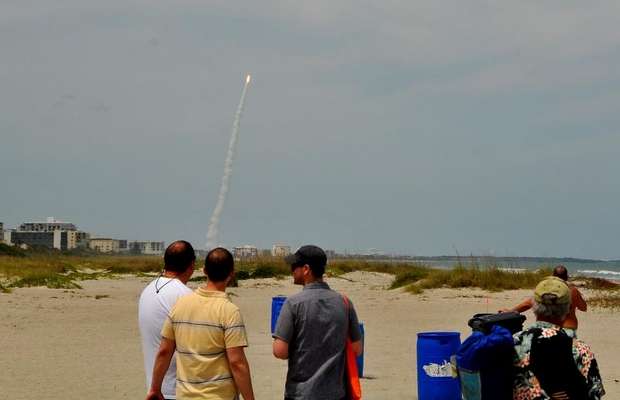
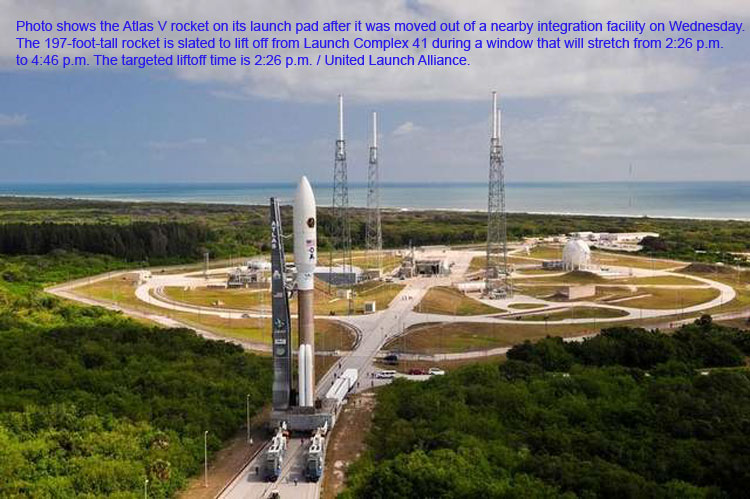
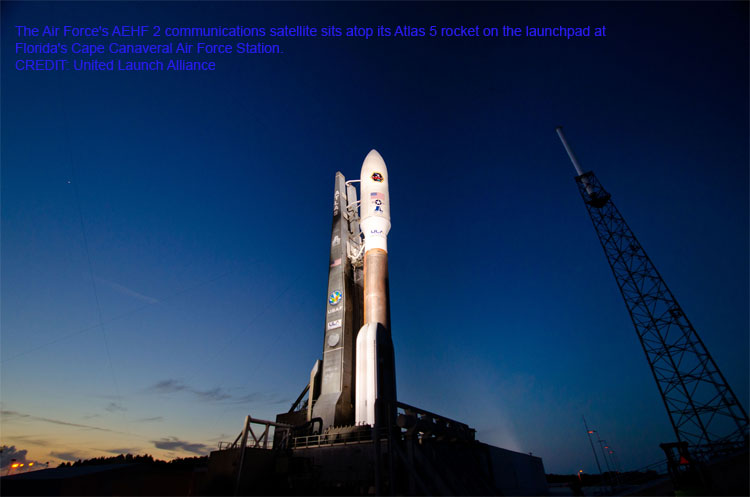
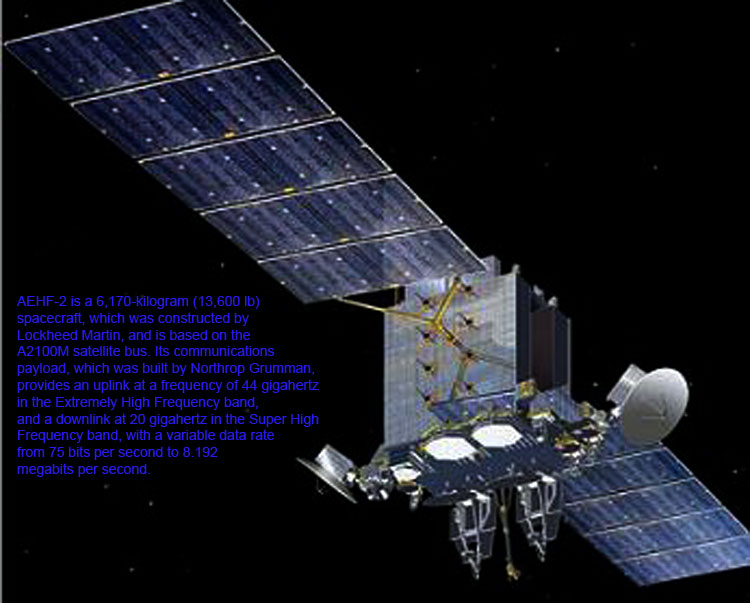
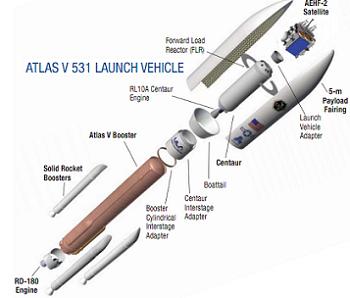
Update 8.35 MESZ:
United Launch Alliance (ULA) has postponed for at least 24h the launch of a Lockheed Martin Atlas V carrying a large US military communications satellite from NASA's Kennedy Space Center (KSC) in Florida. After the Atlas was fuelled, but less than 30min before scheduled liftoff, technicians noted a problem with the Centaur interstage adaptor, a piece of hardware that connects the Centaur to the common core body first stage. A helium purge valve in the adaptor appears to be at fault.
"The launch of an Atlas V carrying the United States Air Force's Advanced Extremely High Frequency-2 (AEHF-2) payload was scrubbed today due to lack of helium flow from the ground support equipment to the Interstage Adapter compartment on the launch vehicle," says ULA.
Helium is often used to cool fuel pumps and pressurise fuel tanks due to its nonreactive properties.
The launch is rescheduled for 4 May, but may be delayed further depending on the nature of the valve problem.
Update: 7.05.2012
An Atlas 5 rocket successfully launched a military communications satellite on Friday after a one-day delay. The Atlas 5 531 lifted off from Cape Canaveral, Florida, at 2:42 pm EDT (1842 GMT) Friday, releasing the Advanced Extremely High Frequency (AEHF) 2 satellite into geosynchronous transfer orbit about 50 minutes later. The launch had been planned for Thursday but a faulty helium valve scrubbed the launch. The AEHF-2 satellite, built by Lockheed Martin and weighing more than 6,150 kilograms at launch, is the second in a new series of satellites providing secure communications for the US military.
